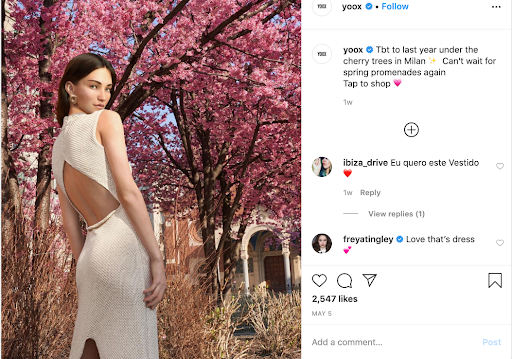Virtual Influencers - Yes or No
Every day, we witness radical and rapid developments in technology, improvements in medicine, science, engineering, and many other areas that make our lives easier. In this life, robots are not only part of sci-fi movies but also real life.
While we are not dining with robots in restaurants and taking them on a date (we hope it will never come to that), different platforms, mainly social media, are places where H2R (Human to Robot) interaction is evolving rapidly.
Virtual Influencers: Who Are They & Why Do They Exist?
A virtual influencer is a digital character created in a computer graphics software, then given a personality defined by a first-person view of the world, and made accessible on media platforms for influence. (virtualhumans.org)
But, there’s a catch if you didn’t notice. They do not exist anywhere in the real world.
Unlike Sophia Robot, virtual influencers are more like avatars created in computer graphics software. However, the emphasis is not only on digital but also on the personality they are given, which makes them special and more "human." Placing a fictional character in a life they believe to be their own gives them belief in themselves with a sense of agency, a feeling of control over actions and consequences.
And how do they work?
Behind every virtual influencer, there is a creator, individuals, or brands that are technology experts. Creators decide what virtual influencers will look like, how they will dress, act, and they are the ones who grow their Instagram profiles, bringing them popularity and recognition. Best of all, profit remains to creators after any brand deal.
Sounds a bit too much, yet fascinating in a way? Whatever we are thinking about it right now, the fact is that we will see these types of influencers in our favorite brands' campaigns more and more.
How Do Brands Benefit from Virtual Influencer Marketing?
First, there is already competition between existing virtual influencers and those created by their brands. For example, Yoox launched Daisy to make clothes feel "more familiar and personal” to customers, “who often scroll past ads on the platform," says Yoox brand and communication director Manuela Strippoli.
Daisy’s features and personality were created using Yoox user data and customer preferences. Strippoli explains that “Gen Z and millennials don’t see a separation between the digital world and physical." The whole purpose is to get closer to their consumers.
There are other ways to get closer to the consumers, but we can't defeat human curiosity, experimenting, and the desire to make things different and better.
Yoox argues that avatars like Daisy cost "much less" than regular (natural) influencers, and unlike real influencers, it is 100% controllable (by their creator). Virtual influencers can appear in many places at once. As their brand and communication director argues, Daisy is an ideal spokesperson for Yoox when it comes to communicating its views on important topics such as diversity, inclusion, and sustainability.
We see an explosive growth of metaverse, digital reality, or a virtual world focused on social connection, whatever topic it is. And avatars/virtual influencers have become a trendsetting domain for this digital experience.
The metaverse, i.e., the virtual world, is already driving notable results for some luxury brands to give you a picture. For example, the Gucci Garden exhibition was held in May 2021. Nothing sounds strange in that sentence, except the tiny detail that I didn’t add. The exhibition was the creation of a digital garden experienced by visitors through the metaverse platform Roblox. The interactive gallery with various virtual rooms drew over 19.9 million visitors. Gucci truly immersed itself in the future.
We can talk about this topic from various points of view, from the cost of making an avatar to character management to maintenance and many more challenges brands or creators face with their virtual influencers. But we can see a great potential there, especially for brands looking to stay ahead of the curve and reach out to new audiences.
For a traditional type of marketing, not including avatars yet, you can always reach out to us to help differentiate your brand with our strategic branding and digital marketing services you can find here.





